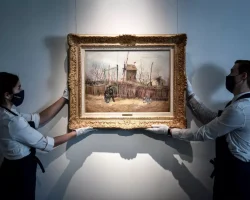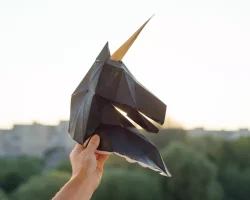
How To Tell If A Vincent Van Gogh Painting Is Real
If you’re considering purchasing a Vincent Van Gogh painting, you’ll want to make sure it’s the real deal. Here are a few tips to help you tell if a Van Gogh is genuine:
– Check the date. Van Gogh only painted for about 10 years, so any painting with a date outside of that range is likely a fake.
– Look at the signature. Van Gogh always signed his paintings with his full name, so anything that just says “Van Gogh” is probably not authentic.
– Examine the brushstrokes. Van Gogh’s brushstrokes were always very thick and visible, so if the painting looks like it was done with thin, delicate strokes, it’s probably not genuine.
– Consider the subject matter. Van Gogh typically painted landscapes and portraits, so a painting of a still life or other subject matter is likely a fake.
– Know the market value. Van Gogh paintings are extremely valuable, so if you’re being offered one for a low price, it’s probably not the real thing.
If you’re still not sure, the best way to tell if a Van Gogh painting is real is to take it to an expert for authentication.
In the world of art, few painters are as revered as Vincent Van Gogh. The Dutch post-Impressionist was known for his unique and often irregular style of painting, as well as his tumultuous life. Today, his work is some of the most valuable in the world, with his paintings selling for tens of millions of dollars at auction.
Of course, with that kind of price tag, there are bound to be some fakes out there. So how can you tell if a Van Gogh painting is the real deal? Here are a few things to look for:
-The first thing to do is look at the signature. Van Gogh always signed his paintings with his full name, so if you see a painting with just a “V. Van Gogh” signature, it’s probably not real.
-Next, take a look at the overall style of the painting. Van Gogh’s work is instantly recognizable, so if the painting you’re looking at doesn’t look quite right, it’s probably a fake.
-Another thing to look at is the subject matter. Van Gogh often painted scenes from his daily life, so if the painting you’re looking at is of something he never would have seen in real life (like a unicorn, for example), it’s probably not real.
-Finally, check the provenance, or history, of the painting. If the painting has been in the same family for generations, or if it has a well-documented history, it’s more likely to be real.
Of course, the best way to tell if a Van Gogh painting is real is to take it to an expert for authentication. But if you can’t do that, these tips should help you weed out the fakes from the originals.

